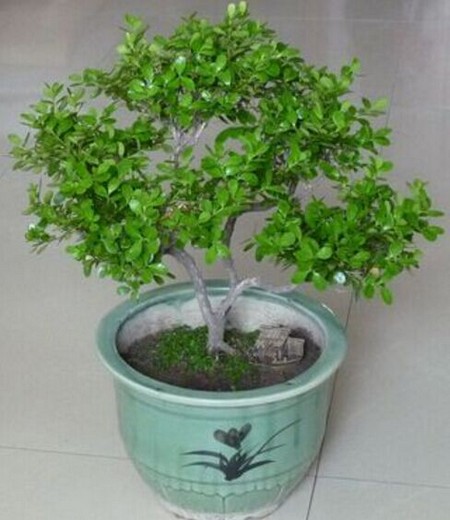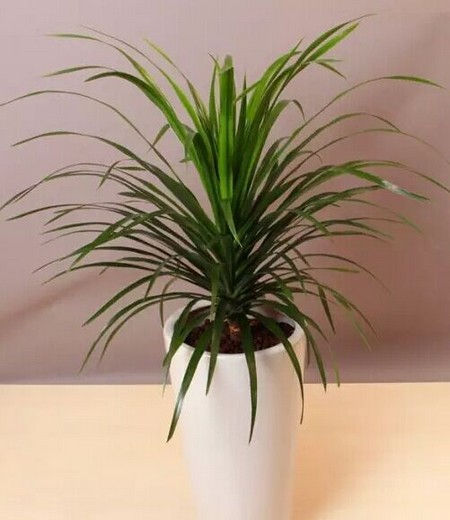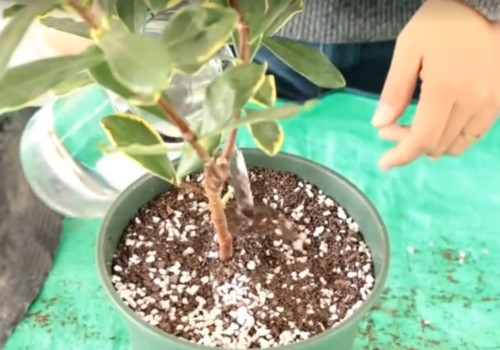Maintenance methods of boxwood bonsai
Poplar bonsai, because of its slow growth, green, luxuriant and strong all the year round, among the bonsai of many tree species, although it is not as luxurious and flamboyant as high-end flowers and plants, it conquers viewers with steady and thick style and masculine temperament, so that the majority of bonsai lovers are favored and regarded as the top grade of bonsai tree species. The following is to introduce the maintenance methods of boxwood bonsai:

Place: yellow poplar should be placed in semi-shade, especially in summer. In addition to cold areas in winter, you can generally spend the winter outdoors and bury the basin in a place that takes shelter from the wind and the sun, but the leaf color is often red after frost.
Soil: loose requirements for soil, easy and fertile sandy loam is better, potted can also be used with vermiculite, peat or soil, strong alkali resistance.
Light: resistant to overcast and light, and can maintain good growth under general indoor and outdoor conditions. In the long-term shady environment, although the leaves can remain green, it is easy to lead to excessive growth or weakening of branches. After sufficient light and dormancy in autumn, the leaves can turn red. Adequate sunlight and moisture is very important for boxwood conservation, it is best to choose a place where "the sun can be basked in in the morning, the afternoon is cooler, the air is well ventilated, and the rain and dew depend on nature".
Humidity: if you watch it indoors, you'd better let it go to the sun and rain again after ten and a half days. The soil of Populus tomentosa should always be kept moist, because its root absorption, leaf photosynthesis and the whole growth process need a lot of water, of course, the demand also varies with the seasonal climate.
Temperature: heat-resistant and cold-resistant, can withstand summer exposure and severe cold of minus 20 degrees Celsius, but should be more ventilated and transparent when hot and humid in summer.
Watering: drought tolerance, as long as the surface soil or basin soil is not completely dry, there is no abnormal performance. Yellow poplar likes to be moist, and the basin soil should be slightly wet, but it is not suitable for stagnant water. Summer high temperature in addition to shade, but also need to be watered in the morning and evening. The first step is to flush the soil without moving it. Second, the branches and leaves should be drenched. Step three, spray. In summer or when the temperature is above 20 ℃, if there is no shortage of water in the basin, please follow the second and third steps.
Fertilization: Populus tomentosa grows slowly and is not strict with fertilizer. Generally, fertilizers are applied 1-2 times in spring and once rotten cake fertilizer and water in autumn. Apply some seasonal fertilizer before the season change, such as sprouting fertilizer in early spring, strong leaf fertilizer in summer, temperature-resistant fertilizer in summer, and heat preservation fertilizer in winter; apply some supplementary fertilizer after each pruning, apply more supplementary fertilizer in the rainy season and summer, and apply discretionary fertilizer if the growth is not good.
Pruning: boxwood germinates quickly and should be pruned frequently. In general, after each new shoot, the first 1-2 sections will be cut off to prevent overgrowth, in order to maintain the beauty of the tree. Strong tillering, resistant to pruning, easy to shape. After fruiting, boxwood should be removed in time so as not to consume nutrients and affect its growth.
Turn the basin: every 2-3 years, the time should be before spring germination or after the new shoots are ripe in autumn. When turning the basin, it is appropriate to remove some of the old roots, remove 12 old soil, and replace the larger No. 1 basin on B to facilitate the development of the root system. Can change the pot or transplant in four seasons, summer or new bud germination should pay attention to shade and prevent the basin soil from getting too wet, otherwise it is easy to cause the original leaves to defoliate.
Pest control: yellow poplar has fewer diseases and insect pests, mainly shell insects, which can cause coal pollution and fallen leaves. It must be cleaned by manual brushing, or it can be sprayed with 1500 times of dichlorvos. At ordinary times, it is best to spray water on the leaf surface and wash the dust to make it grow well.
Time: 2019-06-02 Click:
- Prev

How to raise the dragon blood tree? The Culture method of Dragon Blood Tree
Dragon blood leaves are graceful and are good materials for all kinds of indoor arrangement. if you can properly reduce the humidity before entering the room and make it adapt to the drier environment, if you often spray water to the leaves after entering the room, you can watch it indoors for a long time and it is not easy to dry the tip of the leaves. The maintenance of dragon blood tree is mainly divided into two links: cultivation and future nursing.
- Next

How do you plant the soil?
Soil is the essential basic survival material of potted flowers, and whether the pot soil is well prepared and high quality will directly affect the growth of flowers and plants. And soil mixing cannot be carried out in the same fixed mode step by step, because different flower plants have different growth habits.
Related
- Fuxing push coffee new agricultural production and marketing class: lack of small-scale processing plants
- Jujube rice field leisure farm deep ploughing Yilan for five years to create a space for organic food and play
- Nongyu Farm-A trial of organic papaya for brave women with advanced technology
- Four points for attention in the prevention and control of diseases and insect pests of edible fungi
- How to add nutrient solution to Edible Fungi
- Is there any good way to control edible fungus mites?
- Open Inoculation Technology of Edible Fungi
- Is there any clever way to use fertilizer for edible fungus in winter?
- What agents are used to kill the pathogens of edible fungi in the mushroom shed?
- Rapid drying of Edible Fungi

